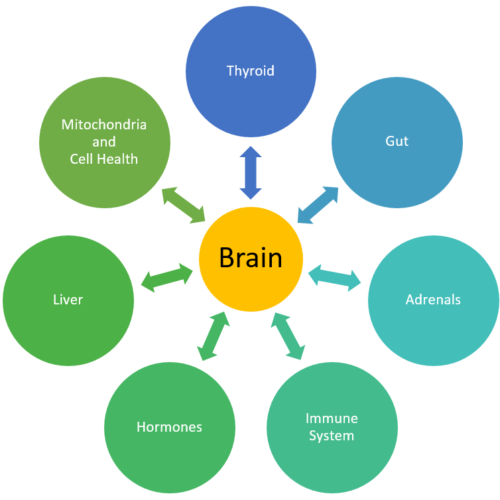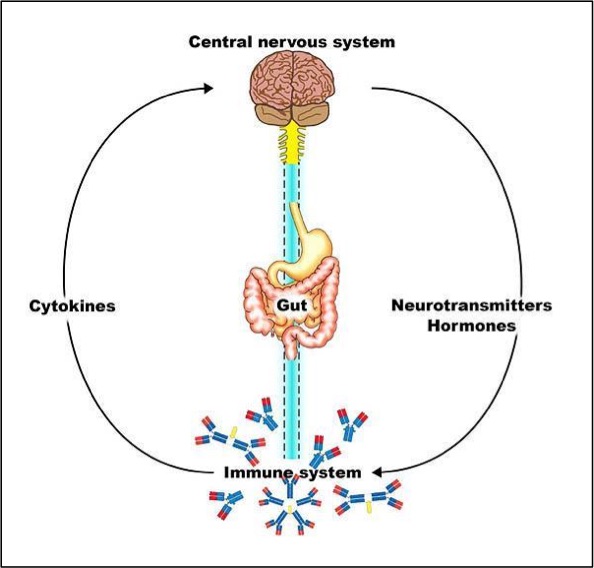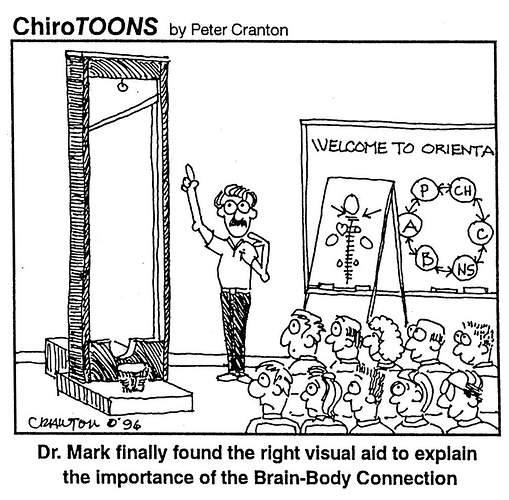Example 1: Stomach Is Full, Brain Is Hungry
The classic case of, I just ate a satiating keto meal, my stomach is full, my body feels nourished, but my brain wants to eat more food. This seems like it is the case that plagues us keto overeaters most frequently. The carbs are under 20g but perhaps protein and overall calories creep as a result of those extra meals or snacks. When done repeatedly, we may become fat-adapted yet reach a weight loss stall-point. We read the forums and envy those folks who say that on keto, they struggle to get ENOUGH calories! What?! Lucky…
Example 2: Brain Is Full, Body Needs Calories
This is the classic keto case of fatty foods being so darn satiating that the brain is totally done with food, but the body is in a caloric deficit. While not attending to the body’s caloric maintainance in the short term can lead to weight loss, in the long term this can slow metabolism, cause injury, hormonal imbalance, disrupt circadian rhythm, increase cortisol — making it more difficult on an individual to meet their weight loss, health, or fitness goals. Stall-point initiated. These ketonians look at the individuals who are able to throw back thousands of calories with envy. They see how they are revving their metabolism, recovering more completely from the stresses of modern life and priming themselves for an effective “whoosh” of weight loss if and when they cut calories. Lucky ducks!

Example 3: Brain Is Hungry, Body Is Hungry
“True Hunger”. A harmony between mind and body.
It. Is. Truly. Time. To. Eat.
On keto, this can visit us less frequently than we are used to compared to when we were eating a Standard American Diet and “3 Square Meals A Day”. This is not to say that the SAD creates True Hunger, but the stalwart cultural machine makes slipping into such a current very easy and mechanical.
Occurrences of this case within the keto community tend to come about when Intermittent Fasting is implimented consistently. If an individual is fasting for 16 hours and has an eating window of 8 hours in which they have two meals—and this is done routinely each day— the body and mind gradually settle into a rhythm of hunger-unison. Another common occurrence is at the end of an Extended Fast of undetermined length. Many ketonians embark on multi day fasts but with the caveat that they will let their body tell them when it is time to stop. So, while there inevitably is a modicum of dissonance at the start of a long fast, when a well-formulated extended fast comes to completion, the body and mind both are wanting. And afterwards too, it seems as though individuals experience a harmony between body and mind proceeding a well formulated Extended Fast. And lastly, long-term ketonians who have smoothed out their rough patterns, adjusted their nutritional intake proportionate to thinning waistlines, talk about the casual modality of: eating when hungry, not eating when not hungry. Implicit in this mode is a deeply strengthened bond between mind and body that should not be understated—and in many ways, this is one of the holy grails of ketosis.
Example 4: The Body Is Full, The Mind Is Full
Ah, the destination we all seek. The Keto Promise. We eat food, we feel full and we think like someone who is full. We move on freely and with a light heart to the day’s next activity. Food weighs lightly on our minds. Orthorexia has all but dissolved away. We are in maintenance or humbly confident we are making progress toward our goals. This is the envy of all newbies. The Unencumbered Ketonian, gracefully enjoying food and generally contented in their sense of self. Huzzah!
Questions:
- How did the Standard American Diet affect your Brain-Body connection as it pertains to hunger and satiety?
- How did starting a Ketogenic Diet start to change your Brain-Body connection? What were the challenges and triumphs when starting out?
- For long-term Ketonians, How would you chronical the affect of a Ketogenic Diet on your Brain-Body connection? What is second nature that once was difficult? What remains challenging?
Love!



 Then I hit upper 40s low 50s and even with counting calories and exercising the weight started creeping up. I don’t think I ever really had a disconnect with mind and body satiety.
Then I hit upper 40s low 50s and even with counting calories and exercising the weight started creeping up. I don’t think I ever really had a disconnect with mind and body satiety.